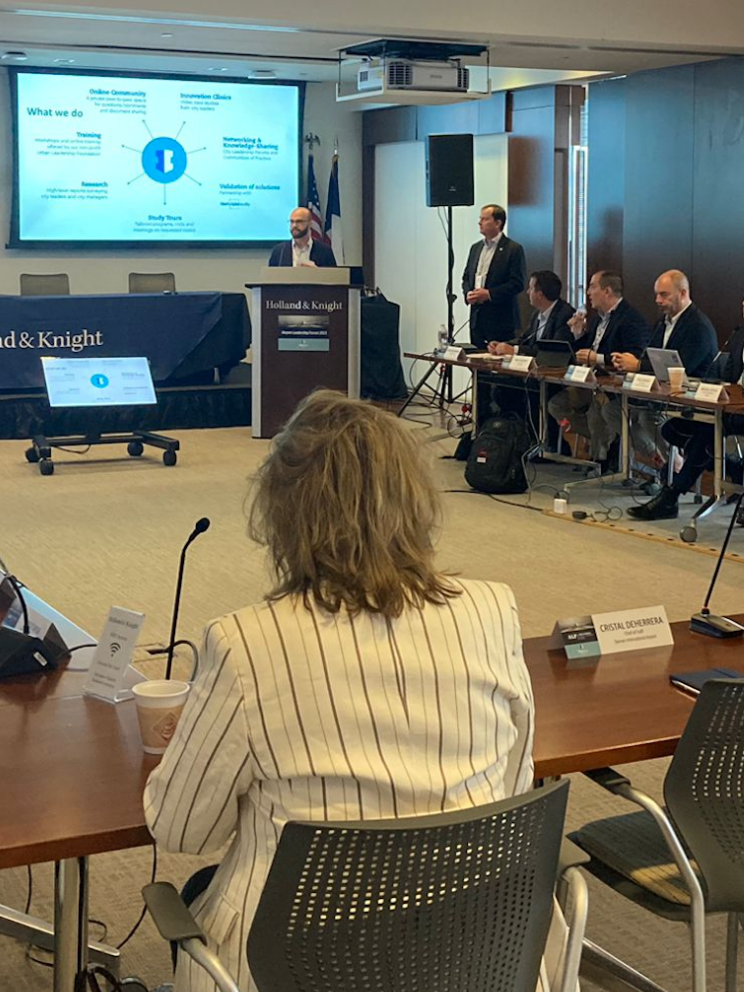
Transit leaders survey reveals struggles with workforce, AI
27 February 2025
by Jonathan Andrews
Public transit agencies worldwide are facing mounting workforce shortages, financial inefficiencies, and a slow adoption of AI, according to the newly released 2025 State of Public Transportation Report.
The survey of 231 industry leaders across North America, Europe, Latin America, and the Asia-Pacific reveals a sector at a crossroads, struggling to modernise while keeping essential services running.
Driver shortages and safety concerns
According to the report, produced by Optibus–a digital platform designed for optimising public transport planning–nearly 49 percent of respondents identified workforce shortages as their primary challenge, with driver safety (37 percent) and well-being (45 percent) also ranking high.
In some regions, particularly the UK, Germany, and Austria, the urgency is even greater, with 45 percent of agencies highlighting driver-related concerns as their top organisational priority.
“Workforce shortages and safety are critical barriers to operational success,” the report states, adding that nearly half of agencies (48 percent) are investing in real-time shift adjustment tools to improve driver conditions and minimise absenteeism.
The push to zero-emissions
The report finds that by 2028, 52 percent of agencies will consider electrification “extremely important” to their long-term strategy. However, the shift comes with significant challenges–80 percent of respondents cite infrastructure delays as a major obstacle, while 55 percent point to insufficient funding.
“Infrastructure delays and regulatory uncertainty remain significant hurdles,” the report highlights. “Many agencies struggle to secure funding and align stakeholders, slowing the adoption of zero-emission technologies.”
Despite these challenges, agencies are urged to work closely with governments and utility providers to accelerate infrastructure development and secure subsidies. “Fast-charging hubs along routes can help reduce reliance on depot-only charging,” the report recommends.
Real-time monitoring
Financial inefficiencies remain a major concern, with 48 percent of agencies reporting moderate losses due to a lack of real-time operational tools, and 20 percent facing significant financial strain. As a result, real-time monitoring has emerged as the top investment priority for 2025, with 43 percent of agencies planning to adopt such systems.
“Without real-time tools, issues such as driver shortages and vehicle failures escalate, leading to costly last-minute fixes and service disruptions,” the report warns.
The financial consequences of these inefficiencies have led agencies to prioritise live monitoring to improve service reliability and operational efficiency.
AI adoption remains slow
While artificial intelligence has been widely explored—96 percent of agencies report having researched AI–the sector remains hesitant to implement it fully. Only six percent of respondents currently use AI in daily operations, and just 36 percent plan to invest in it in the near future.
“AI has substantial untapped potential to improve efficiency, reliability, and sustainability,” the report states, but challenges related to integration and measuring return on investment have slowed its adoption.
“Investing in workforce stability, technology, and sustainability is essential for ensuring the long-term success of public transportation,” the report concludes. “The future of public transit depends on our ability to adapt quickly and embrace innovation.”
Image: Anna Shalamova | Dreamstime.com









